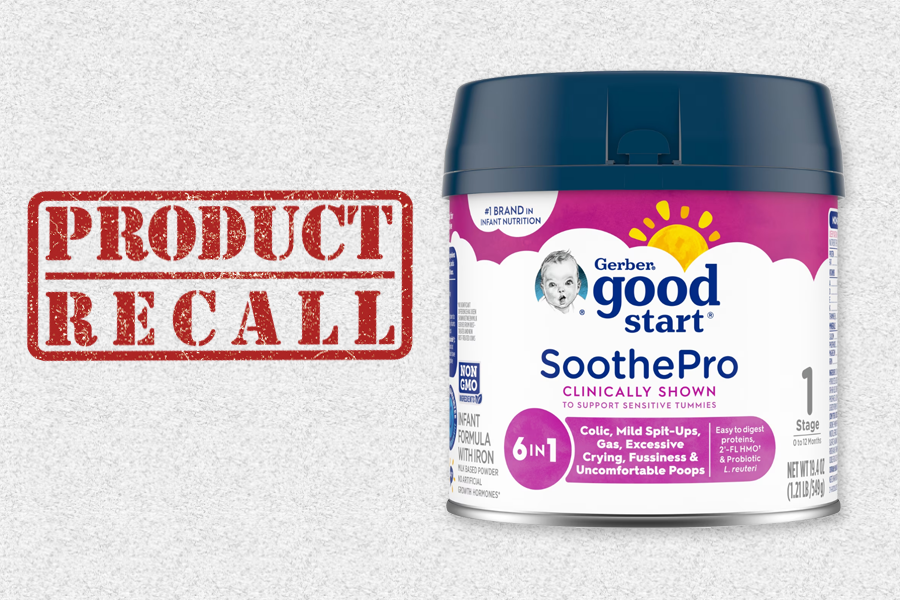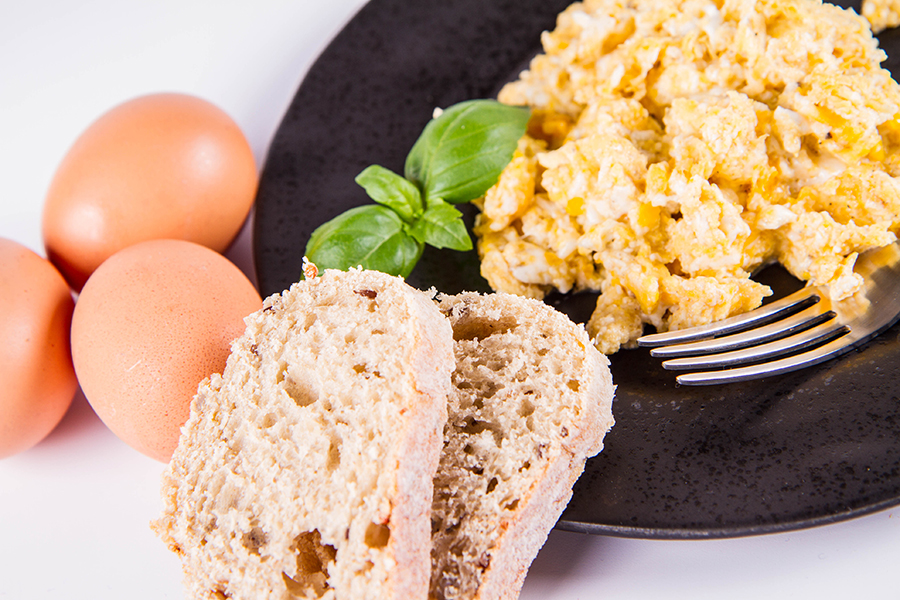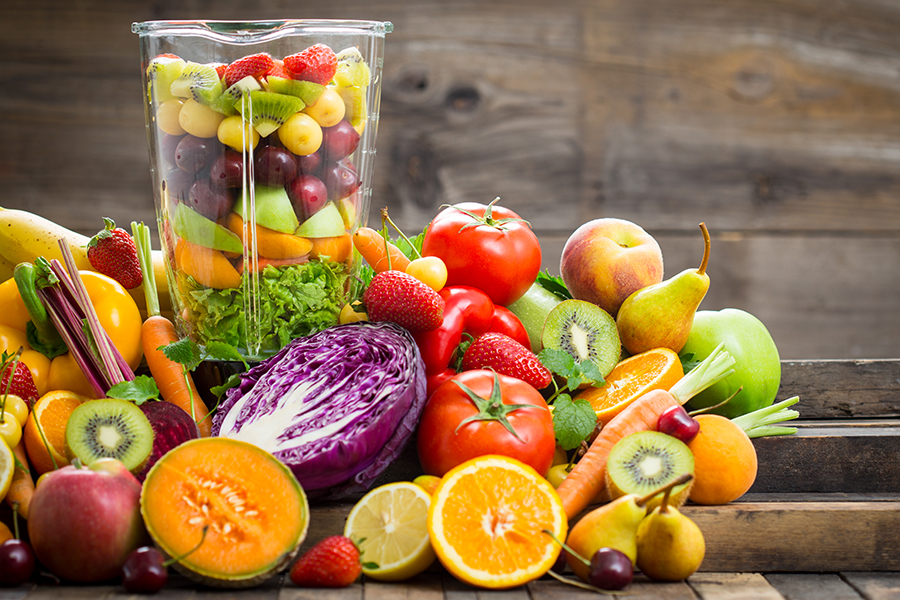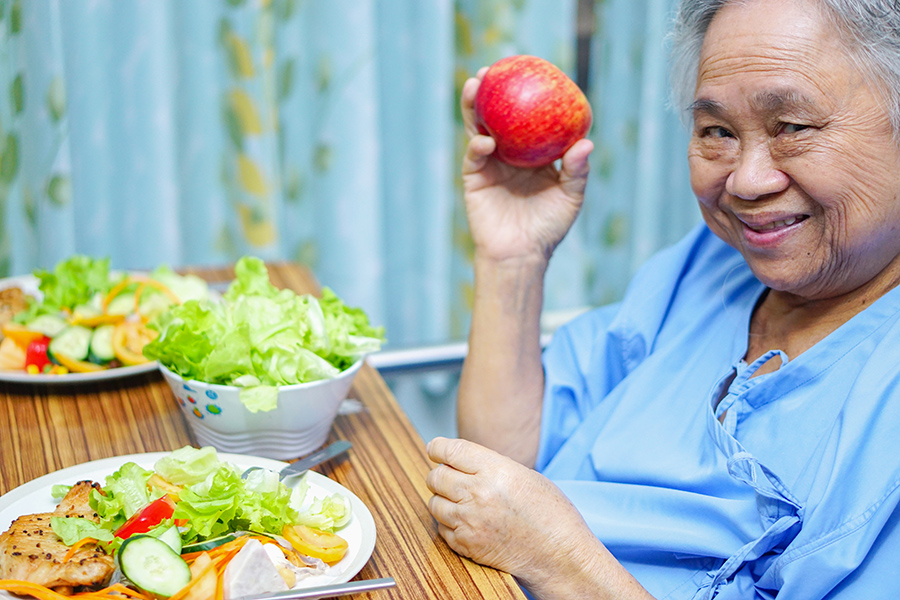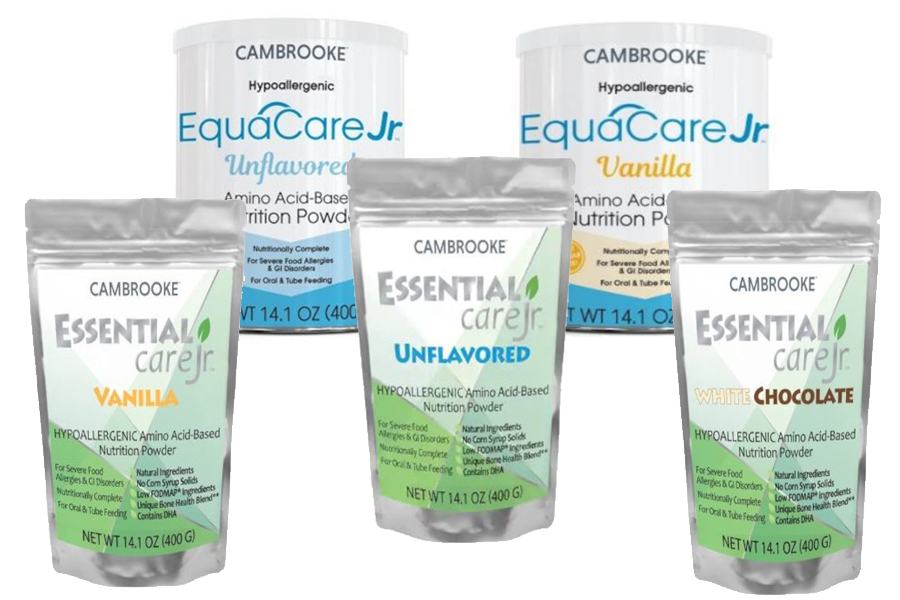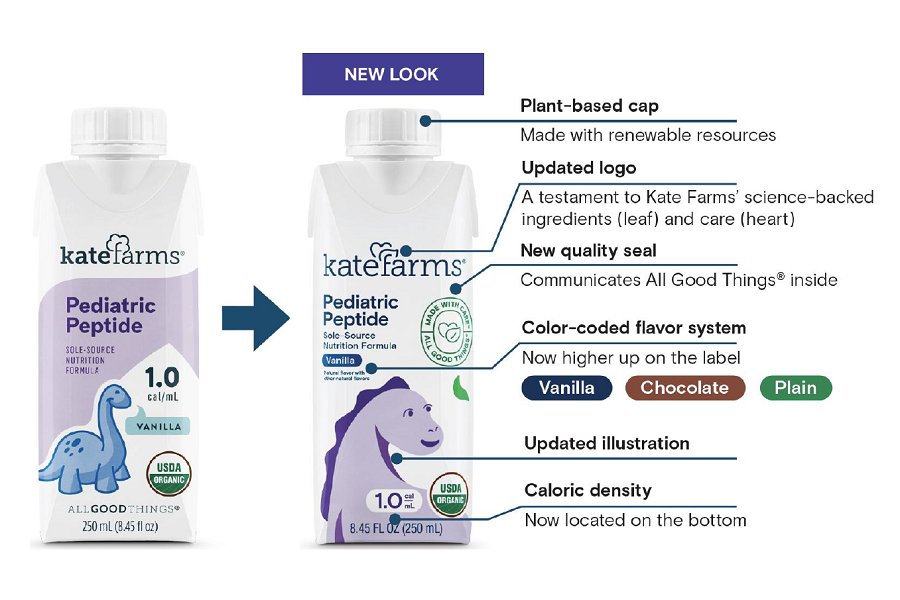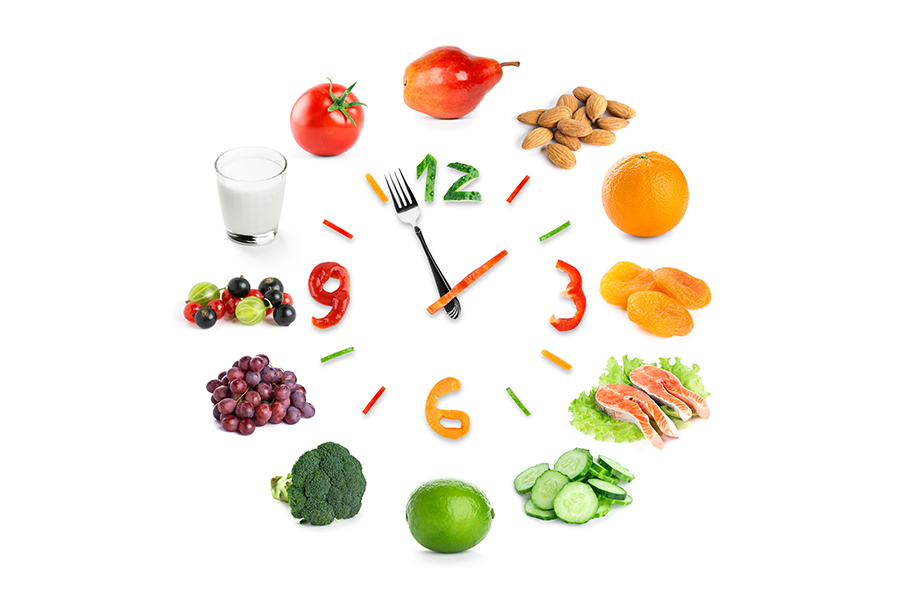There are a lot of health benefits when your diet is high in fiber. Getting enough fiber in your diet can help reduce and normalize bowel movements and prevent constipation. High fiber foods help you feel full longer and can even aid in weight loss. Increasing fiber can reduce cholesterol and improve heart health. There are a lot of benefits when your diet contains at least 25-35 grams of fiber per day.
But how do you get more fiber in your diet? What foods are high in fiber – and still taste good? Here are a few simple ways to bring more fiber into your day.
- Switch to Whole Wheat or Whole Grain Breads, and brown rice
If you’re eating white bread, it’s a simple change to switch to a whole wheat or whole grain variety. Be sure to read the ingredient list on the food label to make sure it includes whole wheat or whole grain. When a grain is processed and refined, as with white bread, much of the fiber is lost when parts of the grain are removed. Even if you see wheat flour as an ingredient, it is not as high in fiber as whole wheat flour. Whole wheat and whole grain bread are also higher in protein and tend to keep you feeling fuller longer. Also, try switching to whole wheat pasta and brown rice. - Eat at Least 5 Servings of Fruits and Vegetables Each Day
Most of us just don’t eat enough fruits and veggies. Getting at least five servings per day will help increase your fiber intake and help you maintain a healthy weight. The peel of fruits and veggies is especially high in fiber. A serving of fruit consists of 1 small apple, or banana, ¼ cup of dried fruit, 1 cup of melon or berries, ½ cup juice or about 17 grapes. A serving of vegetables is ½ cup of cooked veggies, ½ cup of vegetable juice, or 1 cup of raw veggies. - Switch to a High Fiber Cereal
Many cereals claim to be high in fiber but check the food label to know for sure. It will tell you how many grams of fiber are in a serving of your favorite cereal. Higher fiber cereals include Fiber One, Raisin Bran, Grape Nuts, Shredded Wheat, and All-Bran. Oatmeal is another high-fiber choice. - Eat Peas, Beans and Legumes
Including peas, beans, and legumes in your diet will increase fiber, protein, and iron in your diet. Examples include lentils, kidney beans, and garbanzo beans. Foods that contain beans and legumes include chili (with beans), split pea soup, bean burritos, refried beans, and lentil soup. - Eat High-Fiber Snacks
Instead of grabbing for a bag of chips, eat some popcorn, fruit, whole grain crackers, or nuts. These snack foods all contain fiber and other nutrients that can benefit your health. Nuts and seeds, although high in fat, contain unsaturated fats that can help lower your cholesterol and risk of heart disease. Popcorn is a high-fiber snack and can be healthy if you don’t add lots of extra butter. Check your food labels to help you pick the most nutrient-dense, high-fiber snack foods.
Garlic Cauliflower Soup (high in fiber!)
4 – 5 servings at about 7g fiber each
Ingredient
- 2 bulbs of garlic
- 1 tablespoon extra-virgin olive oil, divided
- 3 shallots, chopped
- 1 large head of cauliflower, chopped (approximately 5 cups)
- 6 cups gluten-free vegetable broth
- ¾ teaspoon sea salt
- Freshly ground pepper, to taste
Instructions
- Preheat oven to 400F. Peel the outer layers of the garlic bulb to reveal as much skin as possible while also keeping the individual cloves intact. Cut off about ¼-inch from the top of the bulb. Place in on a square of aluminum foil and coat each with ½ teaspoon of olive oil. Place in prepared oven for 35 minutes.
- Once complete, allow to cool slightly before removing from aluminum foil and squeezing out the garlic from each clove.
- Meanwhile, pour remaining olive oil in a medium-sized saucepan. Bring heat to medium-high and add chopped shallots. Sauté until tender and beginning to brown, about 6 minutes.
- Add roasted garlic along with remaining ingredients to the saucepan. Cover and bring to a boil, reduce heat to low and simmer for 15-20 minutes until the cauliflower is softened.
- Drop mixture into the bowl of your food processor or blender. Puree until smooth, about 30 seconds. Adjust with salt and pepper and serve.








